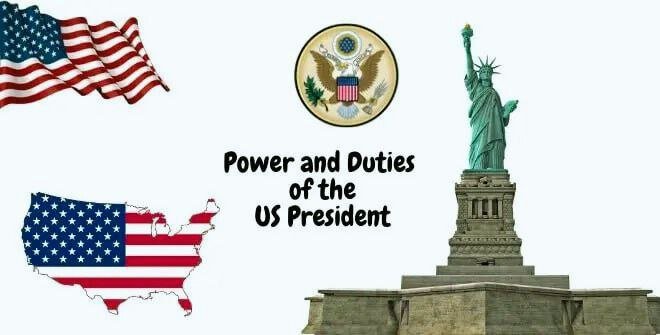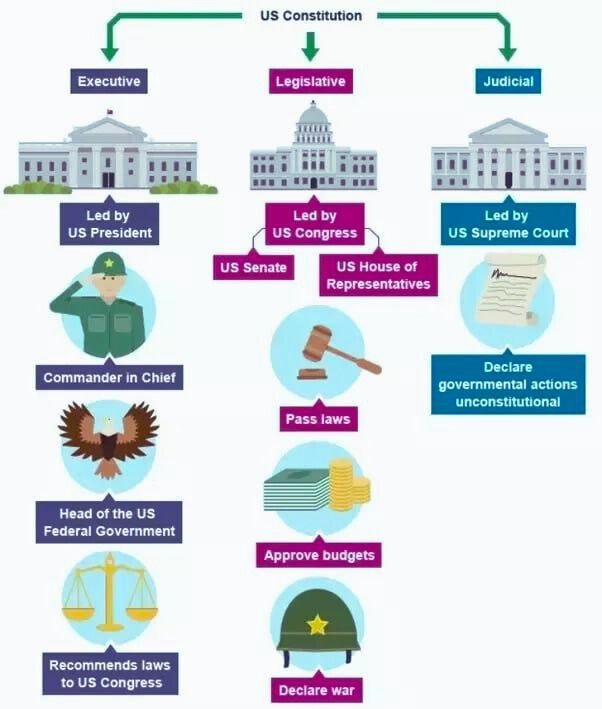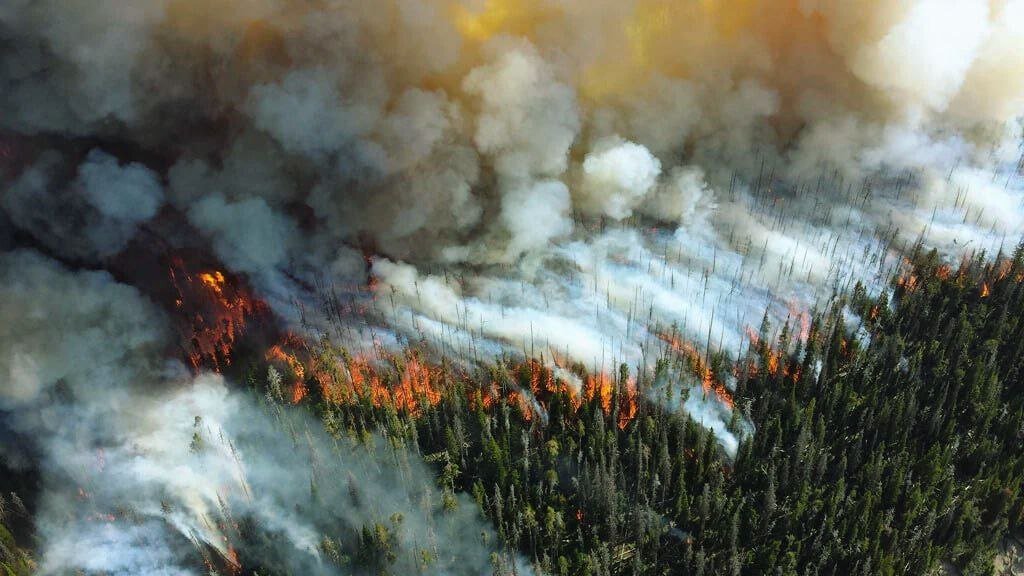

Historical Evolution of the U.S. Presidency
The role of the President of the United States has undergone significant changes since its establishment in the late 18th century. The U.S. Constitution, drafted in 1787, laid the foundational principles and role for the presidency. Initially, the framers of the Constitution envisioned a relatively limited executive role, designed to balance the need for leadership with the fear of authoritarian rule. George Washington, the first President, set many precedents that would shape the office, including the tradition of a peaceful transfer of power and the establishment of a cabinet.
Early presidents such as Thomas Jefferson further influenced the presidency, emphasizing the importance of democratic principles and the separation of powers. Over time, significant amendments and legislative actions have altered the presidency’s scope and function. The 12th Amendment, ratified in 1804, redefined the electoral process, while the 22nd Amendment, ratified in 1951, limited presidents to two terms in office. These changes reflect an evolving understanding of the balance between effective governance and democratic safeguards.
The presidency expanded notably during key historical events. The Civil War saw Abraham Lincoln assume extraordinary powers to preserve the Union, setting a precedent for executive authority in times of crisis. The Great Depression and World War II further expanded the role, with Franklin D. Roosevelt’s New Deal policies and wartime leadership redefining the expectations of presidential intervention in economic and global affairs. Similarly, the Cold War era required presidents to navigate complex international dynamics, solidifying the United States’ role as a global superpower.

In the modern era, public expectations of the presidency have continued to evolve. Presidents are now expected to address a wide array of domestic and international issues, from economic policy and healthcare to national security and climate change. The increasing complexity of these responsibilities has amplified the need for a robust executive branch capable of adapting to rapidly changing circumstances. As such, the historical evolution of the U.S. presidency reflects a dynamic interplay between foundational principles, legislative changes, and the demands of both national and global events.

Duties and Powers of the U.S. President
The President of the United States holds a pivotal role within the governmental framework, endowed with a range of constitutional powers and responsibilities. One of the primary duties of the President is serving as the Commander-in-Chief of the armed forces. This role grants the President ultimate authority over military decisions, thereby ensuring the nation’s defense and security. Additionally, the President has the power to sign or veto legislation passed by Congress, which serves as a critical check in the legislative process. This authority allows the President to influence the creation and implementation of laws that shape the country’s governance and policies.
Another significant power of the President is the issuance of executive orders. These are legally binding orders that direct the operations of the federal government and have the force of law. Executive orders enable the President to manage the executive branch effectively and implement policy changes swiftly. In the realm of foreign policy, the President plays a crucial role by negotiating treaties with other nations. Although these treaties require ratification by the Senate, the President’s role in initiating and fostering international agreements is indispensable. Additionally, the President represents the United States on the global stage, engaging in diplomacy and international relations to promote national interests.

The President also holds substantial administrative responsibilities, overseeing the executive branch of the government. This includes appointing federal officials, such as members of the Cabinet, ambassadors, and judges, subject to Senate confirmation. Through these appointments, the President influences the administration of federal policies and the functioning of the judicial system. Furthermore, the President is tasked with implementing national policies and ensuring that federal laws are executed faithfully.
Despite these extensive powers, the U.S. Constitution establishes a system of checks and balances to prevent any single branch of government from becoming too powerful. Congress and the judiciary play crucial roles in this system. For instance, Congress has the authority to override presidential vetoes, control funding, and impeach the President if necessary. The judiciary, through judicial review, can invalidate executive actions that are deemed unconstitutional. This intricate system ensures that presidential power is exercised within the confines of the law and in harmony with democratic principles.
OUR SITE: TOINEWSALERT.COM
A deadly tornado destroys a community in Iowa as severe weather travels east.03:
A deadly tornado destroys a community in Iowa as severe weather travels east.03
US spy satellites of the future are launched by SpaceX on Wednesday, May 22, and they land early:
US spy satellites of the future are launched by SpaceX on Wednesday, May 22, and they land early.
Scientists had predicted that the Antarctic’s Doomsday Glacier would melt more quickly than it is. 2:
Scientists had predicted that the Antarctic’s Doomsday Glacier would melt more quickly than it is. 2





